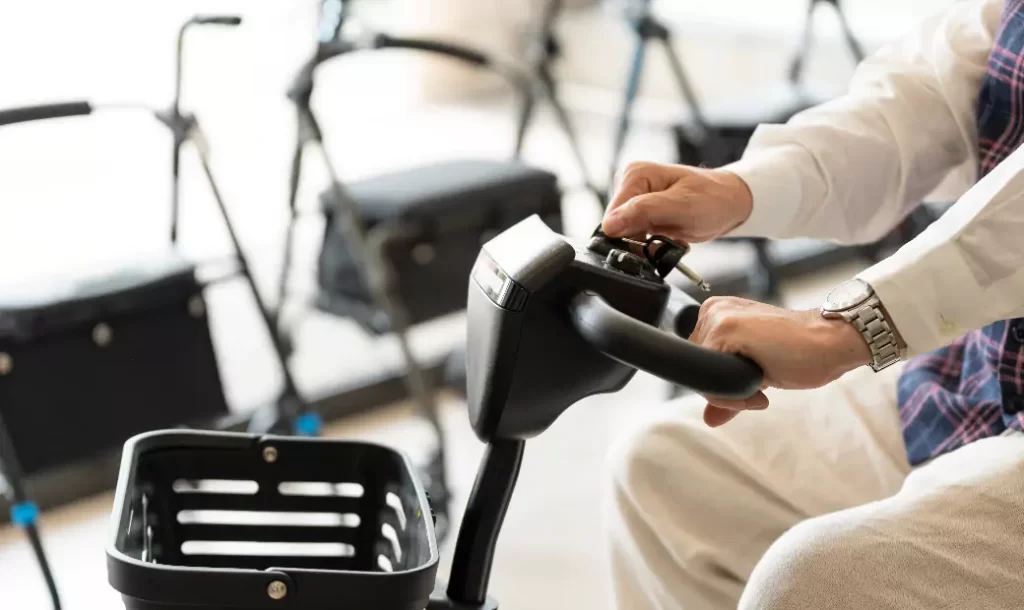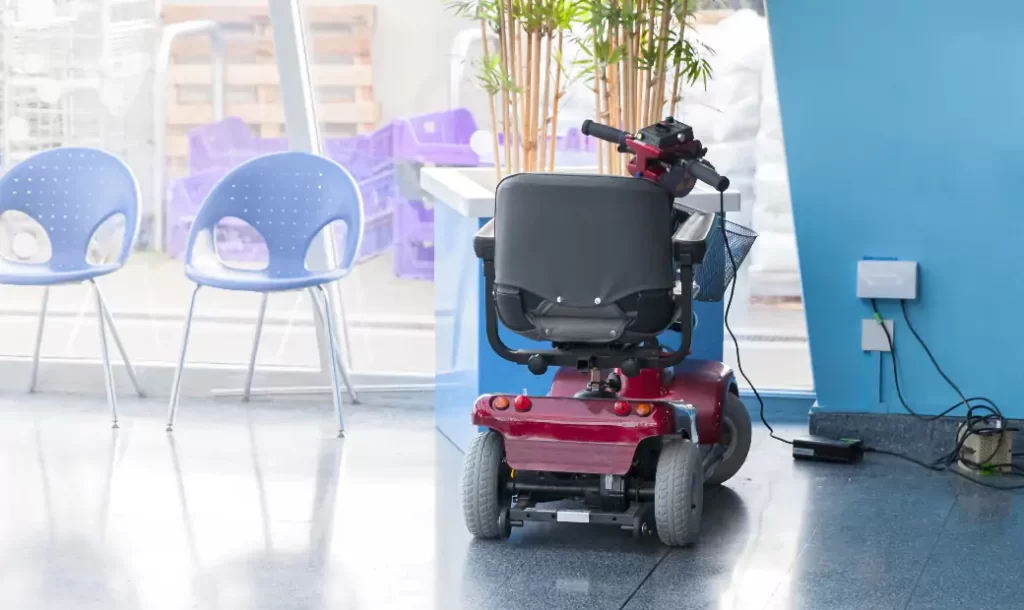Contact Us
Trends in Urban Planning to Support Mobility Scooter Users
2025-08-05
The increasing use of mobility scooters—driven by aging populations, rising chronic illnesses, and growing demand for inclusive mobility—has prompted urban planners to rethink infrastructure design. To foster safe, equitable, and efficient transportation for scooter users, cities are adopting innovative approaches ranging from micromobility integration to smart data systems.
This article explores key trends in urban planning that support mobility scooter users and how governments, private sectors, and health-tech companies are playing a pivotal role in this transformation.

Redesigning Urban Infrastructure for Multi-Modal Use
Historically, urban design has favored cars and, to a lesser extent, bicycles. Mobility scooter users have often found themselves navigating hostile terrain—cracked sidewalks, inaccessible public transit, and few designated lanes.
Today, forward-looking cities are moving toward inclusive micromobility networks, introducing lanes that support scooters alongside e-bikes and wheelchairs.
Cities like Portland and Berlin are experimenting with multi-use lanes that accommodate a wide range of micromobility devices, decreasing traffic conflict and enhancing safety.
The Rise of Mobility Hubs
Mobility hubs are becoming essential in city transportation strategies. These hubs integrate different transportation modes—including scooters, buses, trams, and bikes—into a single, accessible space. Features include scooter charging stations, safe storage, and real-time route displays.
A SpringerLink study emphasizes the importance of adapting hub design to local urban form, population density, and socio-economic needs to ensure equitable access to mobility for all [¹].
These hubs not only improve efficiency but also serve as connection points for those who rely on scooters for the “last mile” of their daily commute.
Regulatory Frameworks to Protect Vulnerable Road Users
With the proliferation of mobility devices, cities are recognizing the need for regulation to balance innovation with safety. Key areas of focus include:
-
Maximum speed limits for mobility scooters
-
Designated parking zones
-
Helmet and visibility requirements
-
Legal distinction between scooters and other micromobility vehicles
In Australia, mobility scooter and e-scooter users are demanding more protected spaces after a sharp rise in sidewalk collisions. As reported by The Guardian, advocates are pushing for scooter-safe lanes and better signage to prevent pedestrian conflict [²].
Effective regulation also builds public trust and encourages broader adoption among hesitant users.

Leveraging Smart Urban Technology
Urban mobility planning is increasingly guided by data-driven decision-making. Smart cities now use real-time data, GPS tracking, and predictive analytics to model traffic flow, understand peak scooter usage times, and identify areas in need of improved access.
The Institute for Transportation and Development Policy (ITDP) highlights how ICT tools can reduce inefficiencies and improve service distribution for micromobility devices, including mobility scooters [³].
For example, San Francisco uses aggregated data from scooter-sharing services to plan new curb cuts, crosswalk timing, and micro-mobility lanes.
Changing User Behavior and Market Growth
The global demand for mobility scooters has surged in recent years, not just as a result of aging demographics, but due to shifting consumer expectations and lifestyle preferences. Modern users, including younger individuals with mobility impairments, increasingly seek devices that offer both personal independence and technological integration—such as app-based tracking, Bluetooth connectivity, and compact folding designs.
Moreover, user behavior is shifting toward multi-modal integration: users now frequently combine scooters with public transportation or rideshare services, treating them as one link in a larger journey. This behavioral shift is pressuring city planners and transportation companies to build infrastructure that accommodates these seamless transitions—ensuring mobility scooters aren’t just for the homebound, but are part of a broader mobility ecosystem.
Summary Table: Urban Trends Supporting Scooter Use
| Trend | Benefit for Scooter Users |
| Inclusive Micromobility Lanes | Reduces conflict and provides safer navigation |
| Mobility Hubs | Centralized transitions between modes and real-time updates |
| Regulation and Safety Policies | Increases confidence and reduces accidents |
| Smart Infrastructure with Data Mapping | Tailored route design and responsive infrastructure upgrades |
The Road Ahead: Accessibility by Design
Supporting mobility scooter users is not a niche endeavor—it’s a public imperative. As the global population ages and chronic disabilities become more prevalent, inclusive design will be central to how cities function.
Urban planning should not simply “accommodate” scooters—it must anticipate their needs. From dedicated lanes to digital mapping tools, each element contributes to a future where movement is not a privilege but a right.
References
[¹] Erdoğan Aydın, G. (2023). Micromobility and Urban Planning. In Micromobility in Urban Transport Systems. SpringerLink.
[²] The Guardian. (2023, September 17). ‘Bottom of the food chain’: Australia’s e-scooter users just want a safe space to ride. https://www.theguardian.com/australia-news/2023/sep/17/bottom-of-the-food-chain-australias-e-scooter-users-just-want-a-safe-space-to-ride
[³] Institute for Transportation and Development Policy. (2021). Maximizing Potential by Connecting Micromobility and Transit. https://www.itdp.org/2021/06/30/maximizing-potential-by-connecting-micromobility-and-transit/


